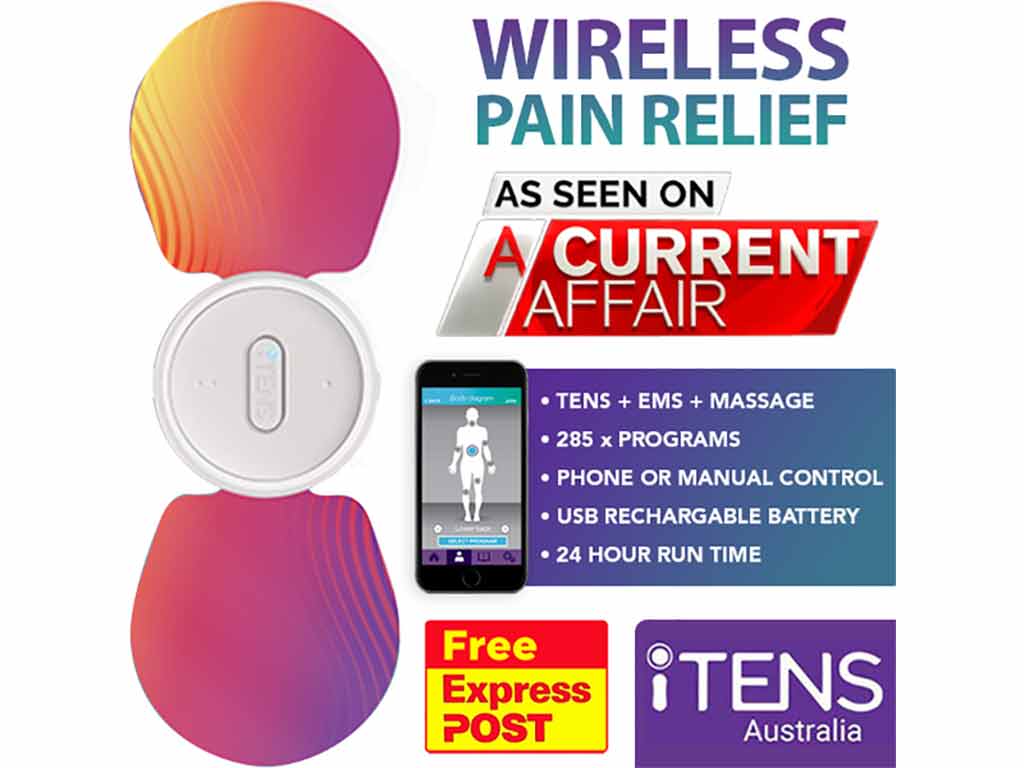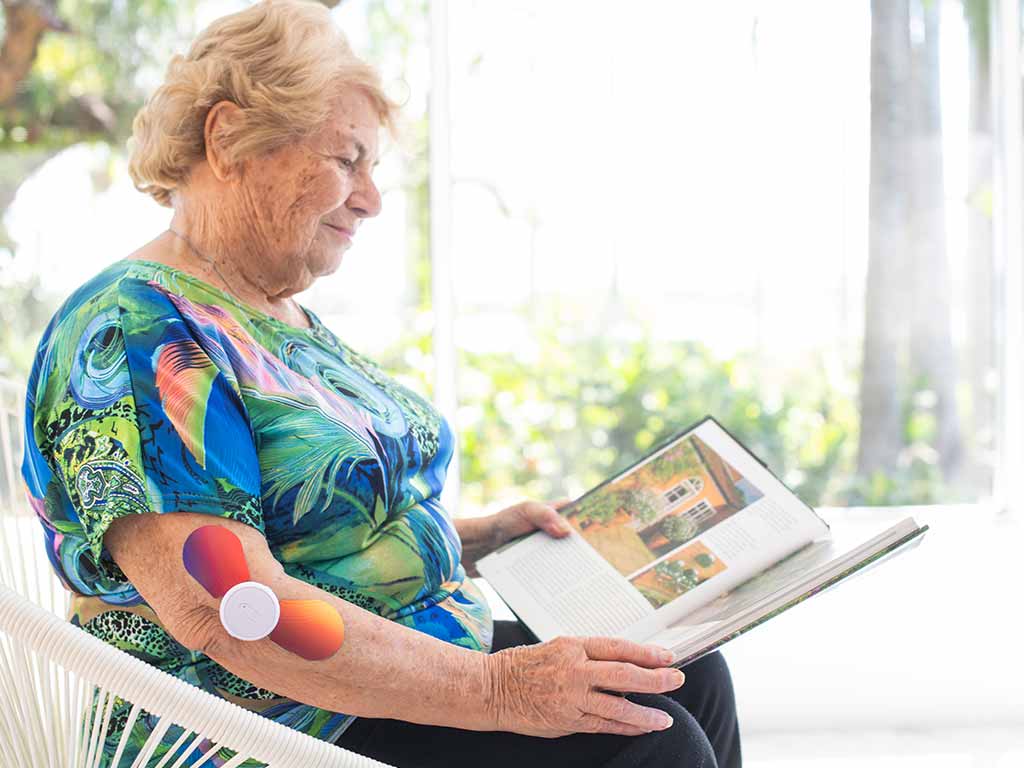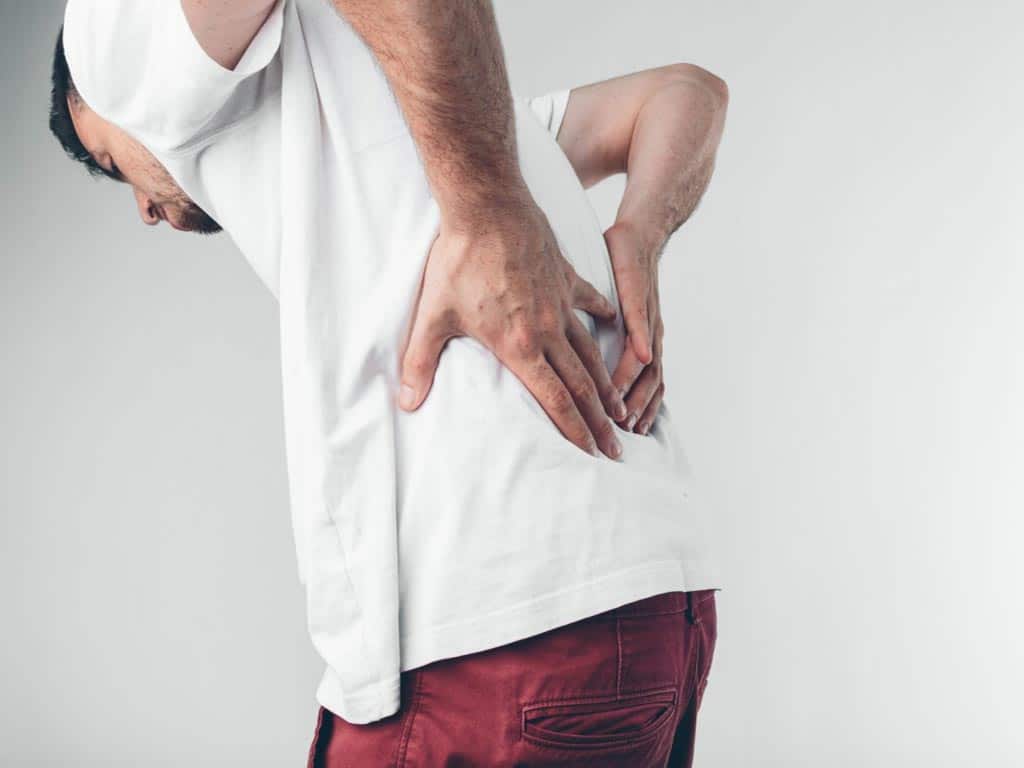
Electric pulse therapy refers to the therapeutic application of electrical stimulation to treat various medical conditions or to alleviate pain. It encompasses various types. These include TENS, EMS, SCS, FES, and NMES. These therapies work by blocking pain signals, triggering the release of endorphins, and improving blood circulation. Electrotherapy finds application in managing pain and rehabilitating muscles after an injury. Technological advances have enabled individuals to use portable electrical devices in the comfort of their homes.
After certain injuries, surgeries, or medical conditions, individuals often experience discomfort, limited mobility, or muscle weakness. Conventional methods of pain management, such as medications or physical therapy, may not always provide sufficient relief. Additionally, some individuals may prefer to avoid medication due to concerns about side effects or dependency. Fortunately, most electrical nerve stimulator provides a non-invasive and drug-free treatment approach. This article will present electrotherapy, including its types, mechanism of action and application.
Types of Electric Pulse Therapy
There are various types of electric pulse therapy machines, each with a different application or purpose. One common type is Transcutaneous Electrical Nerve Stimulation (TENS). A TENS unit targets the sensory nerves, which helps relieve pain by blocking pain signals. This is suitable for people who want to manage chronic pain and acute pain without relying on medicines.
Another type of machine is the Electrical Muscle Stimulation (EMS) unit. It is widely used in muscle rehabilitation and physical therapy programs. It stimulates motor nerves using a high pulse frequency for muscle contraction and relaxation. Furthermore, Neuromuscular Electrical Stimulation (NMES) can enhance muscle function and muscle strength. EMS and NMES are beneficial for individuals recovering from muscle injuries or surgeries or those who want to improve muscle endurance.
Functional Electrical Stimulation (FES) and Spinal Cord Stimulation (SCS) machines are other types. They are implantable prescription devices that activate muscles in individuals with spinal cord injuries, relieve pain, and restore limited mobility. Lastly, basic pulse massagers use electrical current to relax and reduce muscle spasms, tension, and soreness.
A Closer Look at TENS
- TENS therapy is non-invasive. It does not involve any procedures that break the skin or require surgery.
- It is drug-free, providing pain relief without the need for medications. This can be beneficial for those who prefer to avoid pharmaceuticals or who may have concerns about potential side effects.
- Users have the flexibility to adjust settings according to their preferences and comfort levels. This customisation allows for a personalised treatment.
- There are two main types of TENS units available: wired and wireless.
- TENS units are portable, making them convenient for use at home, work, or on the go.

Mechanisms of Action Behind Electric Pulse Therapy
An electric pulse therapy machine works by sending electrical currents. Hence, it can trigger various mechanisms for alleviating pain in adults. In particular, TENS therapy machines allow users to customise their treatment by altering the frequency and intensity levels according to their comfort level. The electrode patches send the electric currents to the skin and into the sensory nerves.
High frequencies can trigger the spinal nerve cells to block pain messages from reaching the brain. This process is called the pain gate mechanism, suggested in the Gate Control Theory of Pain. During electrotherapy, the pain gate mechanism in the spinal cord closes. Therefore, it inhibits the transmission of pain signals to the brain.
Meanwhile, low frequencies trigger the production of endorphins. These are the natural pain relievers that bind to opioid receptors, resulting in an overall reduction of pain intensity. In addition, an electric pulse stimulator can enhance blood circulation, decrease inflammation, and aid in the recovery of injured tissues.
Benefits of the Treatment
There are several benefits to using electrical stimulation as a method of pain relief. Firstly, it helps people reduce or replace their intake of medications. This allows them to avoid dependency issues and some of the long-term effects, such as liver and kidney diseases. Secondly, most units are portable. This allows individuals to use them whenever needed in various settings.
Thirdly, people can enhance their quality of life by having natural pain relief and improving their muscle function. This enables people to return to some normal activities. Lastly, electrotherapy devices are cost-effective investments, especially for chronic pain management.

Applications of Electric Pulse Therapy
An electric pulse therapy machine can effectively manage a variety of conditions. It offers relief for both sudden and short-term acute pain, such as labour pain, postoperative pain, menstrual cramps, sports injuries, or tension headaches. Additionally, it can address persistent and long-lasting chronic pain related to conditions like arthritis, fibromyalgia, and sciatica.
Moreover, this device proves beneficial in managing musculoskeletal pain problems, encompassing various medical conditions affecting muscles, tendons, ligaments, and bones, including strains, sprains, knee pain, and other musculoskeletal injuries. It is particularly effective in addressing neuropathic pain, which arises from nerve damage and often manifests as burning, tingling, or shooting pain.
Furthermore, in a rehabilitation hospital setting, nerve stimulator therapy can play a pivotal role in enhancing muscle function and improving the quality of life for patients undergoing rehabilitation. By utilising e-stim therapy, which involves the delivery of electrical pulses to targeted muscles, the machine aids in relieving pain and facilitating muscle recovery. This method of pain relief offers benefits that can last between five minutes to 24 hours, with some users experiencing immediate relief during or after the therapy session.
Are There Potential Side Effects?
In rare cases, electric pulse stimulators may have potential side effects. For instance, skin irritation can manifest as redness, itching, or a mild rash in the treatment area. To minimise this risk, users need to ensure that their skin is clean and dry before applying the electrodes.
Another potential side effect is muscle twitching. This can occur when the electrical impulse stimulates the muscles in a way that causes them to contract involuntarily. To prevent muscle twitching, users should start with low intensity and gradually increase it to a comfortable level. If the side effects persist, it is advisable to seek a medical professional.
Conclusion
Electric pulse therapy includes various machines designed for pain management and rehabilitation. TENS units target sensory nerves, EMS and NMES units aid muscle recovery, and implantable devices like FES and SCS cater to specific medical needs. These devices offer versatile solutions for different purposes. Electrotherapy works through mechanisms like the pain gate theory and endogenous opioid release. It is valuable in clinical and home settings for promoting wellness and improving quality of life.
Electrotherapy emerges as a versatile solution for managing various types of pain, both acute and chronic, as well as aiding in rehabilitation efforts. Its effectiveness in addressing a range of conditions, from musculoskeletal issues to neuropathic pain, makes it a valuable tool in healthcare. While potential side effects like skin irritation and muscle twitching exist, they are typically rare and manageable with proper precautions. Overall, electrical pulse therapy offers a promising avenue for pain relief and muscle recovery.







